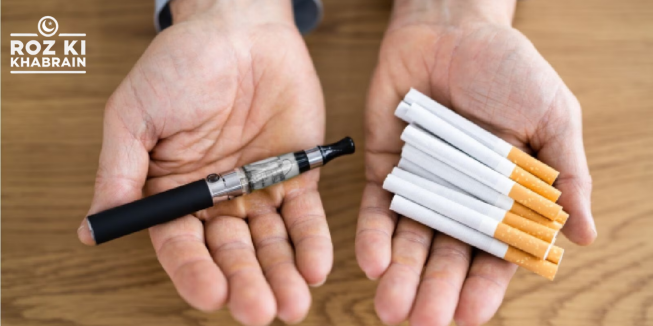In 2023, over 1.6 million U.S. middle and high school students reported vaping, with nearly 90% favoring flavored vapes. Experts suggest the youth vaping epidemic in America may not be coincidental.
Dr. Pamela Ling, a Professor of Medicine at UC San Francisco and Director of the UCSF Center for Tobacco Control Research and Education, sheds light on the rising potency of vapes and the challenges in regulating them.
How strong are vapes?
A decade ago, a typical vape cartridge contained as much nicotine as a pack of cigarettes (20 cigarettes). Today, popular vapes can deliver nicotine levels equivalent to three cartons or 600 cigarettes.
In 2015, Juul Labs introduced “nicotine salts” by adding acids to vapes, reducing harsh effects like throat irritation and coughing. This innovation made it easier to inhale higher nicotine concentrations, and now most disposable vapes use this technology, making them more addictive than ever.
Is vaping safer than smoking?
While vaping exposes users to fewer toxins than cigarettes, its safety remains uncertain. Studies suggest vaping may pose a lower risk for lung disease but shows similar risks for cardiovascular disease as smoking. However, definitive data on vaping’s link to lung cancer is still unavailable, as such studies require decades to conclude.
Why is youth vaping concerning?
Youth vaping rates in the U.S. surpass those of adults. Adolescents are especially vulnerable to nicotine addiction due to their developing brains, which continue maturing until age 25. The efficient delivery of nicotine through vapes increases the risk of early addiction.
What’s wrong with flavored vapes?
Flavored vapes come in thousands of enticing options, from bubble gum to crème brûlée, attracting teens out of curiosity. Once they try it, the addictive nature of nicotine can quickly hook them.
How is the FDA addressing the issue?
The FDA began regulating e-cigarettes in 2016, seven years after gaining authority over tobacco products. While all vape products must receive FDA approval, only 34 out of hundreds have been approved so far.
The FDA sends warning letters to companies marketing vapes disguised as toys or school supplies, but regulatory loopholes and the fast-evolving vape market make enforcement difficult. The U.S. Supreme Court is currently deliberating cases challenging the FDA’s authority, further complicating efforts to curb youth vaping.




